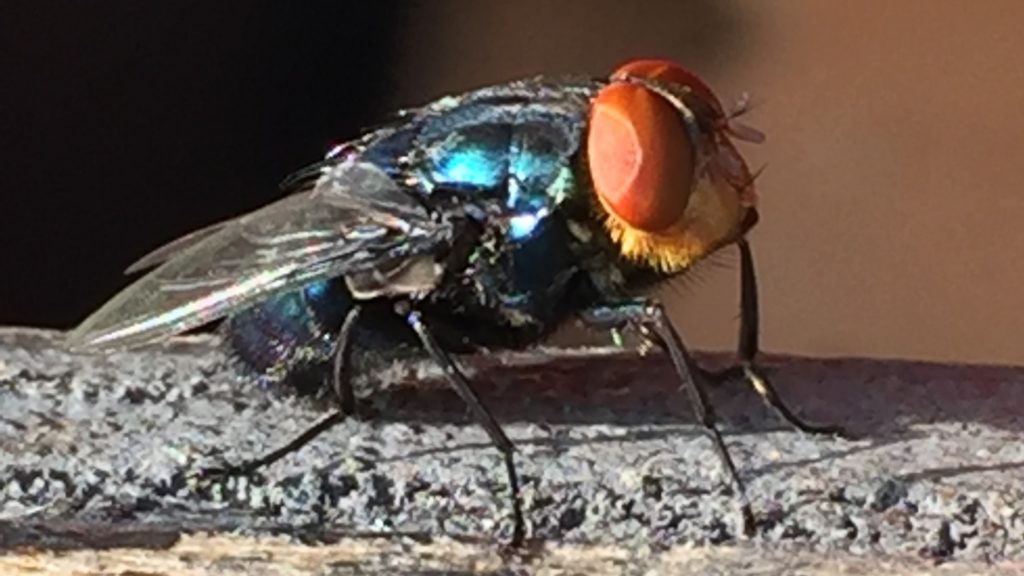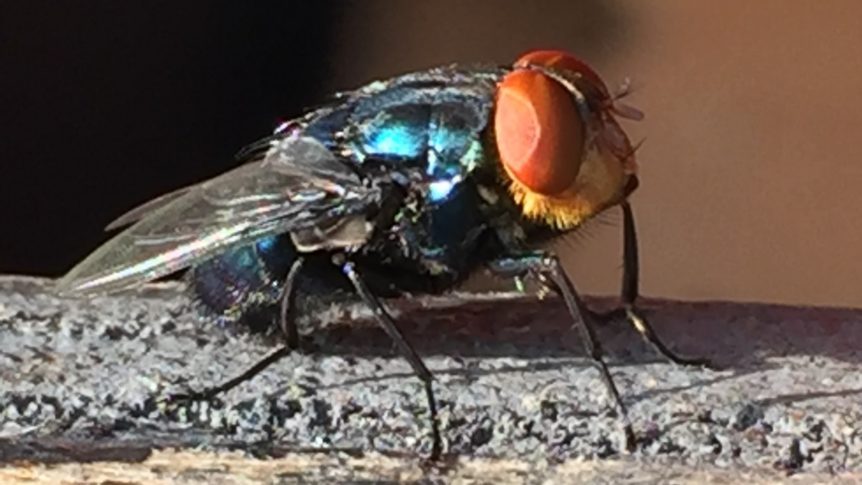Texas Takes Aggressive Action Against Screwworm Resurgence

In a proactive move to prevent the return of the devastating New World Screwworm, Texas Agriculture Commissioner Sid Miller announced the rollout of an advanced solution: SWORMLURE-5 bait. The program, developed in coordination with the USDA and Agriculture Secretary Brooke Rollins, aims to modernize a decades-old eradication strategy that once eliminated the parasite from the United States.
Lorrie Boyer files this report:
An Updated Tool for a Growing Threat
The original screwworm eradication effort succeeded through the use of sterile fly releases, insecticides, and earlier versions of Swormlure bait. Today, Miller says the enhanced Swormlure-5 formula is “stronger, smarter, and more precise,” and will be deployed in targeted regions of Texas.
“Right now the single method that everybody’s focused on is more flies. We need 600 million flies a week. Right now we’ve got 100 million,” Miller explained.
Sterile Fly Shortage Spurs Urgent Infrastructure Push
To support the sterile insect technique (SIT) central to controlling screwworm populations, Texas is helping retrofit an old production plant in Mexico. Once operational, the facility will contribute an additional 50 to 100 million sterile flies weekly—only about 20% of the total needed.
Miller highlighted the urgent need for additional production capacity:
“There’s talk, there’s no action, but there’s talk of a bill running through Congress just to build a Texas fly facility that will produce 300 to 400 million flies. But that’s just talk. Best-case scenario, that’s three years down the road. We can’t wait three years.”
Early Results Show 90% Fly Reduction
Initial field data suggests that Swormlure-5 can reduce fly populations by 90% within weeks, according to Miller. The bait is expected to serve as a critical stopgap as larger-scale fly production efforts develop.
Texas Leads the Fight, Warns of Billion-Dollar Risks
The coordinated response will involve the USDA, Mexican officials, and additional partners. Miller emphasized the urgency of action, warning that failure to contain the screwworm could result in billions of dollars in damage, threatening not only livestock and wildlife, but also pets and human health.
Texas is taking the lead in deploying this modernized approach, reinforcing its role as a frontline defender against agricultural pests.
Conclusion
With the reemergence of screwworm posing a serious threat to livestock industries and ecosystems, Texas is moving fast. Backed by USDA support and emerging technology, the state is deploying Swormlure-5 as both a solution and a signal to Congress: additional infrastructure and funding are essential—before it’s too late.










